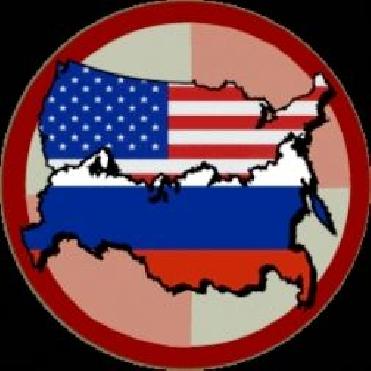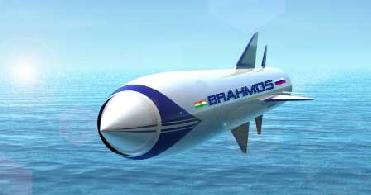
START negotiations began in 1982 when the United States proposed large reductions in the nuclear arsenals of both sides.
After almost 10 years of difficult negotiations, the United States and the Soviet Union signed the Strategic Arms Reduction Treaty (START) on the Reduction and Limitation of Strategic Offensive Arms, by President Bush and Secretary Gorbachev on July 31, 1991.
Five months later, the Soviet Union dissolved and four independent states with strategic nuclear weapons on their territory came into existence -- Belarus, Kazakhstan, Russia and Ukraine. Later on, these countries disposed of all their nuclear weapons or transferred them to Russia.
Currently, Russia insists that any agreement replacing the Strategic Arms Reduction Treaty should be a legally binding document and must set lower ceilings not only for the number of nuclear warheads, but also for their delivery vehicles.
The START Treaty calls for reductions in the strategic nuclear arsenals of the Parties such that, no later than 84 months after entry into force of the Treaty.
Featured Points
•Since START bans new types of heavy ICBMs, the only type of heavy ICBM permitted is the existing Russian SS-18. Therefore the heavy ICBM sub-limit does not apply to the US.
•Heavy bombers are subject to favourable attributed-warhead counting rules under the Treaty-known as "discount rules." START attributes one warhead to each non-LRNA nuclear equipped heavy bomber regardless of the number of nuclear weapons it actually carries.
•The START Treaty does not constrain Sea-launched cruise missiles (SLCMs). However, each side provides the other with a politically binding declaration concerning long-range nuclear SLCMs.
•The Treaty permits each side to reduce, or "down-load," the attribution number of up to three types of ICBMs or SLBMs up to an aggregate of 1250 warheads.
•Heavy bombers are subject to favourable attributed-warhead counting rules under the Treaty-known as "discount rules." START attributes one warhead to each non-LRNA nuclear equipped heavy bomber regardless of the number of nuclear weapons it actually carries.
•Deployed mobile ICBM launchers no longer count against the 1,600/6,000 limits upon removal of the ICBM from the launcher. Both non-deployed mobile ICBMs and non-deployed mobile launchers remain subject to other Treaty limits on non-deployed missiles (250) and launchers (110).
•For heavy bombers, except for the B-2, elimination from counting against the 1,600/6,000 limits requires severing the tail section (to complete elimination the fuselage must also be severed).
In addition to the elimination of missiles, their launchers and bombers, START establishes prohibitions on locations, training, testing and modernization. When reductions are completed in 2001, Belarus, Kazakhstan and Ukraine will have no strategic nuclear forces and the strategic arsenals of the U.S. and former Soviet Union will have been reduced by 30–40 percent.
Russia remains the only nation in the world capable of physically destroying the sole superpower-the US with its nuclear weapons and President Barack Obama's decision to drop controversial missile shield plans in Central Europe have cleared the way for the new arms cut treaty to replace START-1.
Federation of American Scientists (FAS)
U.S. Department of Defense
 Previous Article
Previous Article Next Article
Next Article












The Indian Air Force, in its flight trials evaluation report submitted before the Defence Ministry l..
view articleAn insight into the Medium Multi-Role Combat Aircraft competition...
view articleSky enthusiasts can now spot the International Space Station (ISS) commanded by Indian-American astr..
view article